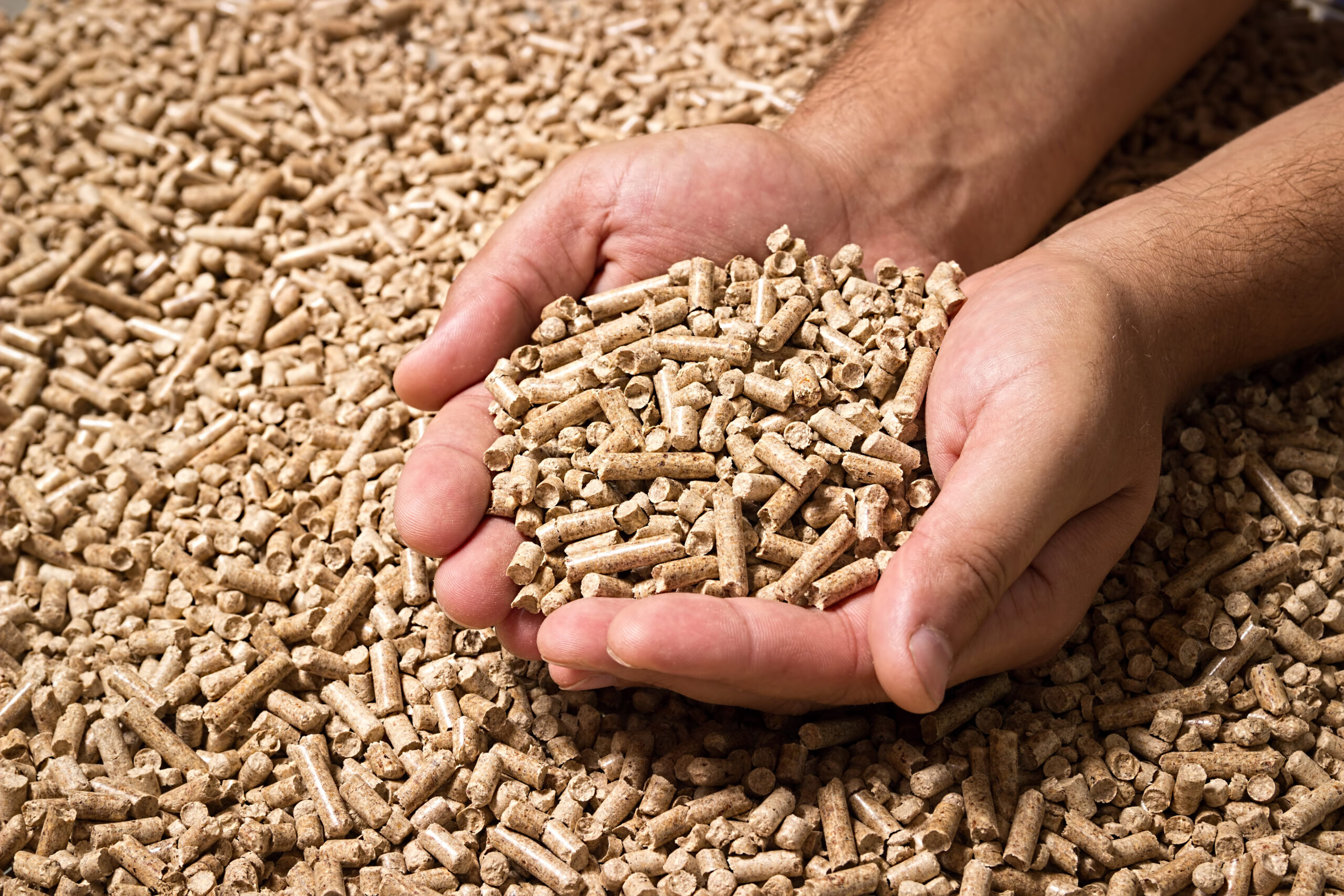The smoky allure of pellet grills has taken the grilling world by storm. These convenient cookers offer precise temperature control and the delightful kiss of wood smoke, but they rely on readily available – and sometimes pricey – pre-made pellets. For the adventurous griller who enjoys a bit of DIY spirit, the idea of crafting your own fuel might be enticing.
However, creating high-quality pellets for your pellet grill at home is not as simple as tossing woodchips into a grinder. Let’s delve into the realities of DIY pellet production and explore alternative solutions you might consider.
The Challenges of DIY Pellets:
- Moisture Content: Commercially produced pellets have a meticulously controlled moisture content, typically between 6-8%. Wood that’s too dry will burn too quickly, while wood that’s too wet won’t ignite properly and can clog your grill’s auger system. Achieving this precise moisture level consistently at home is a significant hurdle.
- Wood Selection: Not all wood is created equal for pellet grilling. Certain hardwoods like oak, hickory, and cherry are preferred for their dense structure, slow burn rate, and pleasant smoke flavor. Softwoods should be avoided as they can contain resins that impart an unpleasant taste and clog your grill.
- Grinding Consistency: Uniform pellet size is crucial for proper feeding into the auger system. Homemade pellets can be inconsistent in size and shape, potentially causing jams and malfunctioning.
- Binder Dilemma: Commercially produced pellets often contain a natural binder like cornstarch to maintain their shape during production and storage. Using improper binders at home can negatively impact the burning process and potentially damage your grill.
Safety Considerations:
- Fire Hazards: Drying wood at home requires proper ventilation and fire safety precautions. Improperly dried wood can ignite spontaneously if not stored correctly.
- Dust Explosion Risks: Wood dust is highly flammable, and the grinding process can create significant amounts of dust. Proper dust collection and mitigation strategies are essential.
Alternatives to DIY Pellets:
- Sourcing Wood from Reputable Suppliers: Consider purchasing wood specifically designated for pellet grills. These pre-cut and dried wood chunks are often readily available online or at specialty grilling stores. While not technically “pellets,” they offer a good compromise between convenience and customization. You can choose your desired wood type for the smoke flavor you prefer.
- Investing in a Pellet Mill: Commercial pellet mills can be a significant investment, but for the truly dedicated DIY enthusiast, they offer a way to produce pellets with more control. However, these mills require significant space, proper ventilation, and safety measures.
The Bottom Line:
While the concept of crafting your own pellets for your pellet grill might hold a certain appeal, the practical challenges and safety considerations make it a complex endeavor. For most home grillers, the convenience and consistency of commercially produced pellets outweigh the effort and potential risks involved in DIY production.
Additional Tips for Pellet Grill Enthusiasts:
- Pellet Storage: Store your pellets in a cool, dry place to maintain optimal moisture content and prevent them from breaking down.
- Pellet Selection: Experiment with different wood pellet varieties to discover the smoke flavors you enjoy most for various types of food.
- Regular Grill Maintenance: Regularly clean your pellet grill’s auger system to prevent clogs and ensure optimal performance.
By following these tips and utilizing commercially available pellets, you can elevate your pellet grilling experience and achieve delicious results without the complexities of DIY pellet production. Focus on the joy of grilling and let the store-bought pellets handle the fuel duties!

